Axon's Automotive Anorak – The strangest car rebadging jobs ever
Familiar cars, but re-branded as something else, date back to the dawn of the motor car, with ‘badge engineering’ in particular proving to be a popular phenomenon post-war, especially among the large British motoring groups.

This was perfected by BMC in the 1960s (e.g. the ADO 16 Morris 1100, also branded as an Austin, MG, Riley, Vanden Plas and Wolseley), and the Rootes Group, which got quite carried away with its 1967 ‘Arrow’ series of mid-market saloons (known around the world variously as the Hillman Minx, Hunter, GT, Estate Car and Royale, plus the Dodge Husky, Peykan, Humber Sceptre, Singer Gazelle and Vogue, Sunbeam Hunter, Arrow, Sceptre, Gazelle, Vogue, Chrysler Hunter, and so on…).
In more recent times, badge engineering has seen the same car wearing different branding, with odd combos like the Vauxhall Agila/Suzuki Splash, the 1995-2002 Ford Fiesta /Mazda 121 Mark 3, Nissan Cherry/Alfa Romeo Arna, Nissan Patrol/Ford Maverick, Holden/Vauxhall Monaro/Pontiac GT0, and far too many others to mention.
In this vein, here are a few more re-branded models of commonplace cars that you may not be quite so familiar with;

Honda Crossroad
The Honda Crossroad was the unlikely offspring of the brief Austin-Rover/Honda relationship that also spawned other joint models such as the Triumph Acclaim (Honda Ballade), Rover 200-400/Honda Concerto, Rover 600/Honda Accord and Rover 800/Legacy. The Japan-only Crossroad was a re-branded early Land Rover Discovery, with its Austin Maestro tail lights, et al, built in Solihull and shipped out to the Land of the Rising Sun. The Crossroad gave Honda its first serious entry into the growing domestic SUV market, with the name later being revived for a true Honda-developed model.

Innocenti Regent
Outside of Longbridge, the infamous Austin Allegro was also built in Belgium (with a unique Allegro 2 model, equipped with quad headlamps), plus Milan, where British Leyland’s Italian division locally produced its own version of the model, called the Regent, and featuring a more conventional circular steering wheel, as opposed to the now legendary Quartic wheel of the UK model. The Italians didn’t take to the Regent, favouring the far superior Alfasud and Fiat 128, and the model was quietly dropped after a couple of years.

Subaru Traviq
The popular first-generation Opel/Vauxhall Zafira MPV was marketed in Japan by Subaru, given a modified grill, and re-named the Traviq. Unlike its contemporary Subaru models with their advanced boxer engines and all-wheel-drive, the Traviq remained loyal to the Zafira’s more conventional inline four-cylinder motor. Subaru also underwent a unusual reverse-engineering process with a Saab 9-2X, a five-door Impreza with a redesigned front and rear, devised specifically for the North American markets.

Dodge Circuit
The Dodge Circuit was Chrysler’s answer to the Tesla Roadster, being an all-electric American two-seater sports car, but produced in Hethel, Norfolk. Just as the Tesla Roadster was based around a Lotus Elise platform, but with reworked styling, the short-lived Dodge Circuit EV was based on the larger second-generation Lotus Europa, but with no notable styling changes, beyond the Dodge badging.

Volkswagen 1500
The Volkswagen 1500 name might be familiar to you as the original VW Type 3 model. However, you might not have seen a VW 1500 looking quite like this one! The 1970s Hillman Avenger (later re-branded Chrysler and then Talbot) was also built in a number of other countries around the world, including New Zealand, Iran, Brazil (badged as the Dodge Polara) and Argentina (Dodge and later Chrysler 1500). When Chrysler faced financial collapse in the late 1970s, the Peugeot PSA Group acquired its European operations, with Volkswagen buying its the ailing Argentinian business. In a bizarre twist, the old Avenger-based family saloon was rebranded as a Volkswagen, right down to its VW logo on the grill, and built until as late as 1990 (the UK model finishing in 1981).

Opel GT
From 1968 to 1973, the original Opel GT was a popular two-seater sports car, based around the underpinnings of the Opel Kadett, and styled to resembled a smaller Chevrolet Corvette. In 2007 Opel revived the GT label for its rebadged Saturn Sky, an appealing two-seater roadster based on the GM Kappa platform, first seen on the stylish Pontiac Solstice. GM’s troublesome South Korean division, Daewoo, also presented a version of the Saturn Sky, the G2X, that sadly remained a concept only, as did the Vauxhall VX Lightning concept, built purely to celebrate the Luton marque’s centenary in 2003.

Ford Versailles
In the early 1990s Ford of Brazil partnered with VW’s local division to form AutoLatina, a joint manufacturing and component sharing vehicle group. This brief and unsuccessful pairing saw Volkswagen-badged versions of familiar Ford models, such as the Escort (VW Pointer), Orion (VW Logus) and vice-versa. Launched in 1992, the Ford Versailles (Galaxy in Argentina) was a badge-engineered version of the Volkswagen Santana, as also built and sold in Europe, and going in to become incredibly popular in China, where it was the Country’s best-selling car for many years.

Holden Astra
Holden’s VW Golf-sized hatchback offering in Australia is the Astra. Since 1996, the Holden Astra has simply been a rebadged Opel/Vauxhall Astra, fully imported from Europe. The very first Holden Astra model, however, was a locally-adapted version of the contemporary Nissan Cherry/Pulsar, also briefly assembled by Alfa Romeo in Italy as the unsuccessful Arna. The Nissan Cherry-based Holden was available from 1984-89, with the Astra model name being revived in 1996.

Isuzu Aska
If a mid-size Japanese family saloon car needed therapy and multiple DNA tests, it would be the dazed and confused Isuzu Aska. First launched in 1983 as one of the global General Motor J-Car family (Vauxhall Cavalier in the UK, Opel Ascona in Germany, Holden Camira in Australia, Cadillac Cimarron in the USA, Chevrolet Monza in Brazil, and so on) the original front-wheel-drive Aska sold quite well in its domestic Japanese market.
By the time the second-generation Aska came along in 1990 though, Isuzu was giving-up on the regular passenger car sector, so the Aska Mark II was simply a re-badged 1990-93 Subaru Legacy saloon! The Isuzu’s parentage changed again for the Aska MK 3 (1994-97) and Mk 4 (1998-2002) models, as there were both based on the contemporary Honda Accord and Torneo models. Thankfully for the crazy, mixed-up Aska, Isuzu laid the model to rest in 2002, never to be replaced.
Axon's Automotive Anorak
Dodge
Honda
Crossroad
Innocenti
Regent
Subaru
Traviq
Volkswagen
Opel
GT
Ford
Versailles
Holden
Astra
Isuzu
Aska

News
The cars with the most names - Axon's Automotive Anorak

News
Axon's Automotive Anorak: six ordinary cars with sportscar badges they didn't deserve

News
What the Morris Marina shares with TVRs and Range Rovers | Axon’s Automotive Anorak




























































